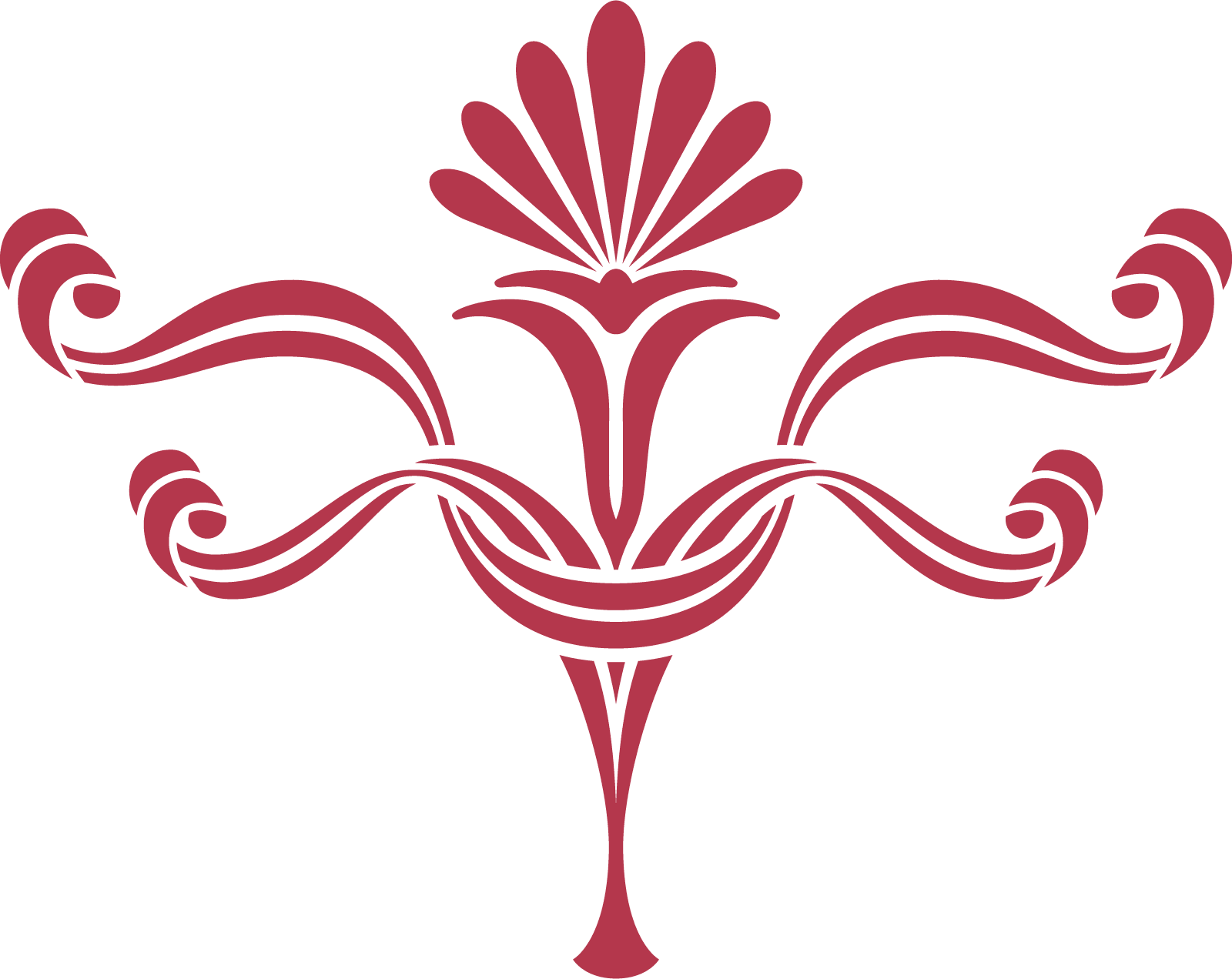One of the World's Most Influential Photographers
David Bailey is a British photographer and director known for his advertising, celebrity, and fashion photographs. He was born in Leytonstone to Herbert Bailey, a tailor's cutter and his wife Gladys a machinist. From the age of three he lived in East Ham, London.
Bailey developed a love of natural history, and this led him into photography. Suffering from undiagnosed dyslexia, he experienced problems at the private school he attended, Clark's College in Ilford, where he says they taught him less than the more basic council school. As well as dyslexia he also has the motor skill disorder dyspraxia. In one school year, he claims he only attended 33 times. He left school on his fifteenth birthday, to become a copy boy at the Fleet Street offices of the Yorkshire Post.
Racing through a series of dead end jobs, Bailey received a call up for National Service in 1956, serving with the Royal Air Force in Singapore in 1957. The appropriation of his trumpet forced him to consider other creative outlets, and he bought a Rolleiflex camera. He was demobbed in August 1958, and determined to pursue a career in photography, he bought a Canon rangefinder camera. Unable to obtain a place at the London College of Printing because of his school record, he became a second assistant to David Ollins, in Charlotte Mews. He earned £3 10s (£3.50) a week, and acted as studio gofer.
In 1959, Bailey was delighted to be called to an interview with photographer John French and soon became a photographic assistant at the John French studio. In May 1960, he became a photographer for John Cole's Studio Five, before being contracted as a fashion photographer for British Vogue magazine later that year. He also undertook a large amount of freelance work. At Vogue, Bailey was shooting covers within months, and at the height of his productivity, he shot 800 pages of Vogue editorial in one year. Penelope Tree, a former girlfriend, described him as "the king lion on the Savannah: incredibly attractive, with a dangerous vibe. He was the electricity, the brightest, most powerful, most talented, most energetic force at the magazine".
Along with Terence Donovan and Brian Duffy, Bailey captured and helped create the 'Swinging London' of the 1960s: a culture of fashion and celebrity chic. The three photographers socialised with actors, musicians and royalty, and found themselves elevated to celebrity status. Together, they were the first real celebrity photographers, named by Norman Parkinson "the Black Trinity".
Bailey also directed television commercials and produced a number of books and documentary films. In 1972 he began publishing the fashion and photography magazine Ritz. Although he continued to photograph celebrities for publications such as Harper’s Bazaar and The London Times throughout the 1970s, ’80s, and ’90s, he began to turn his attention to television commercials.
In 1992, Bailey directed the BBC drama Who Dealt? starring Juliet Stevenson, story by Ring Lardner. During 1995 he directed and wrote the South Bank Film The Lady is a Tramp featuring his wife Catherine Bailey. 1998 he directed a documentary with Ginger Television Production, Models Close Up, commissioned by Channel 4 Television.
In 2012, the BBC made a film of the story of his 1962 New York photoshoot with Jean Shrimpton, entitled We'll Take Manhattan, starring Aneurin Barnard as Bailey.
Painting and sculpting are also artistic pursuits of Bailey and his work has been shown at exhibitions in 2011 and 2012.
In October 2013, Bailey took part in Art Wars at the Saatchi Gallery curated by Ben Moore. The artist was issued with a stormtrooper helmet, which he transformed into a work of art. Proceeds went to the Missing Tom Fund set up by Ben Moore to find his brother Tom who has been missing for over ten years. The work was also shown on the Regents Park platform as part of Art Below Regents Park.
Bailey's Memoir "Look Again", a review on his life and work, was published in 2020 by Macmillan Books, in co-operation with author James Fox.
Awards
2016: Lifetime Achievement award, Infinity Awards, International Center of Photography, New York.
2005: Centenary Medal and Honorary Fellowship (HonFRPS), Royal Photographic Society.
2001: Commander of the Order of the British Empire, as part of 2001 Queen's Birthday Honours.



